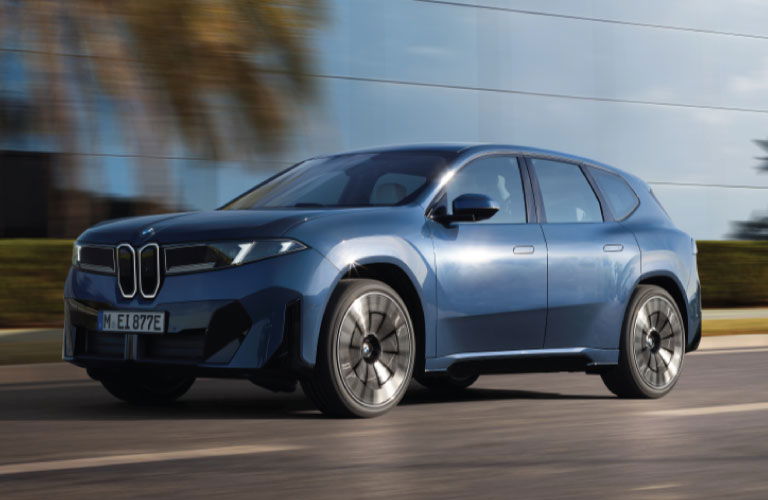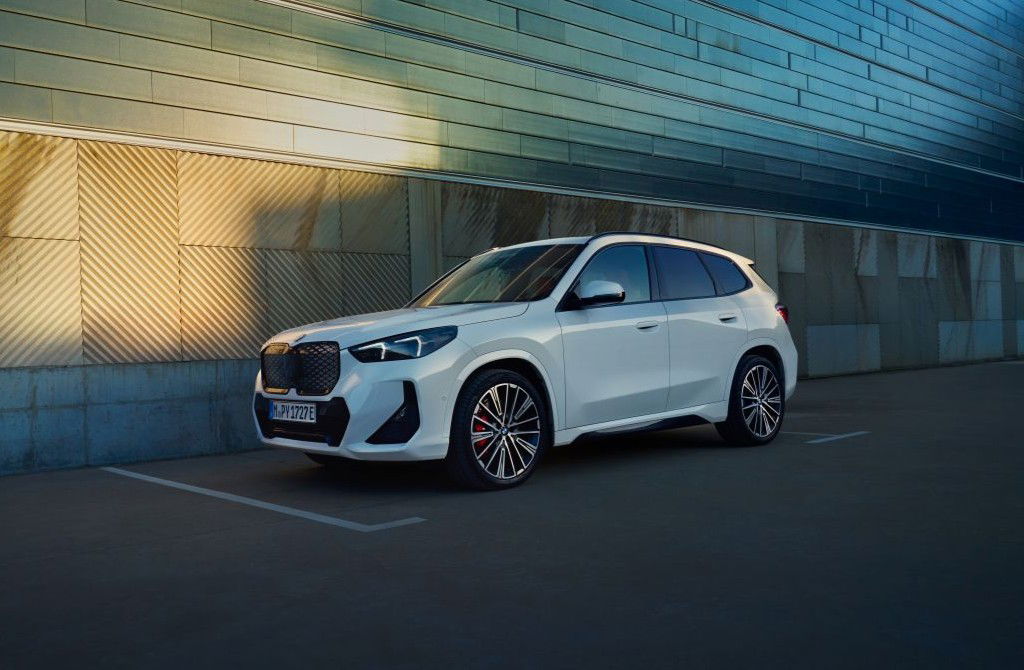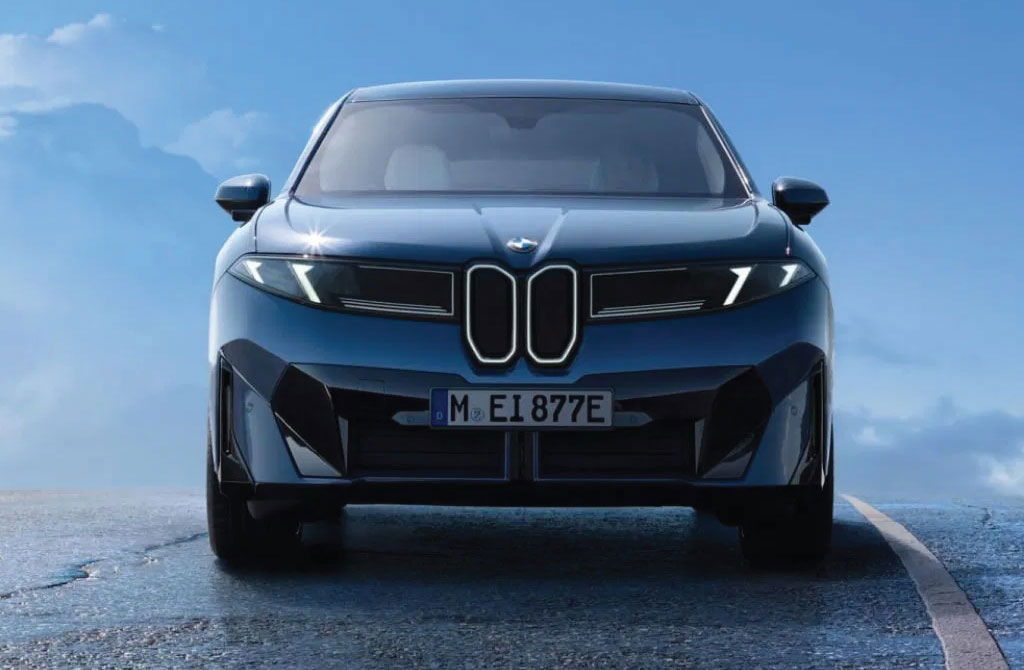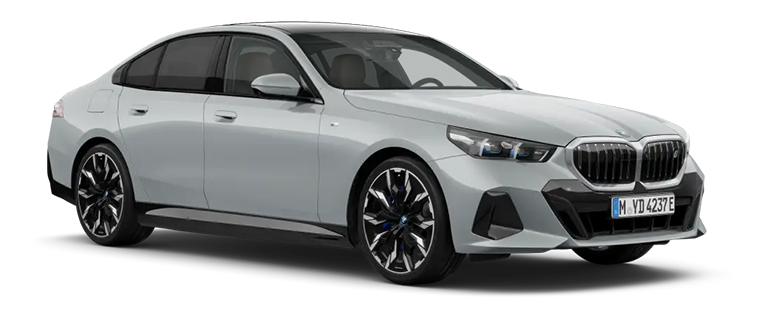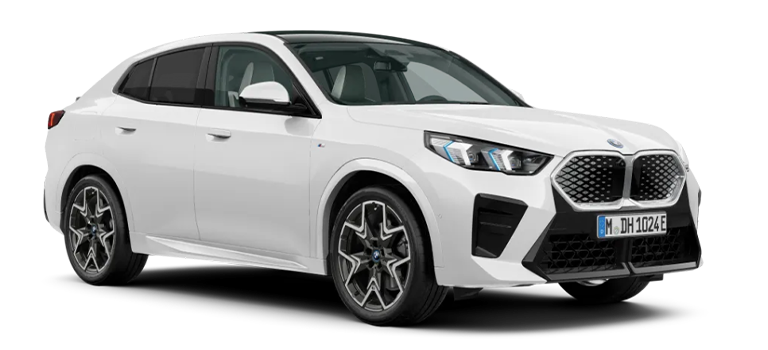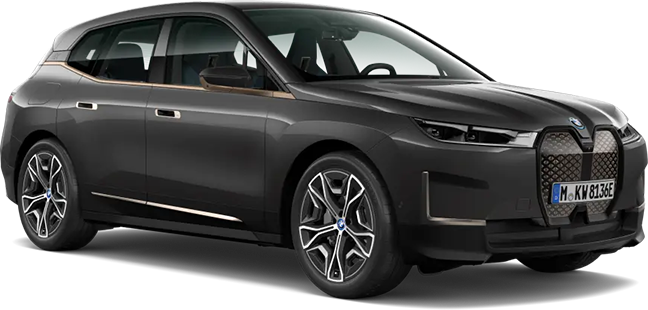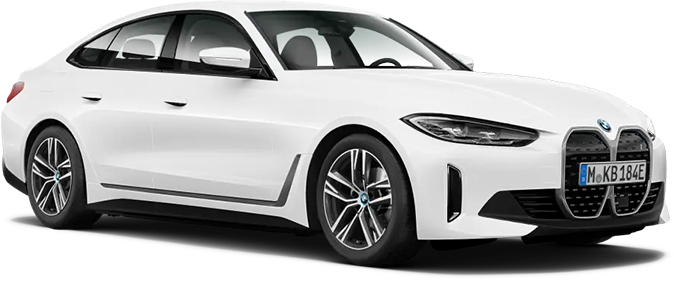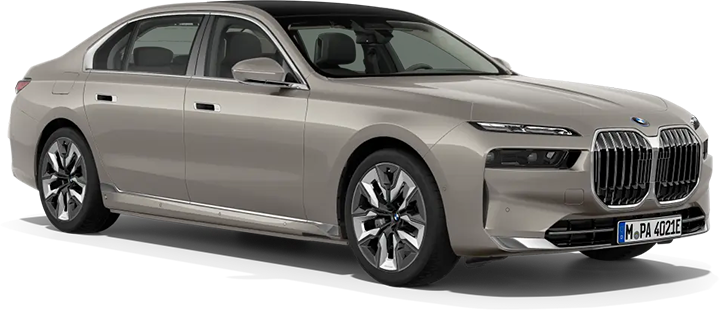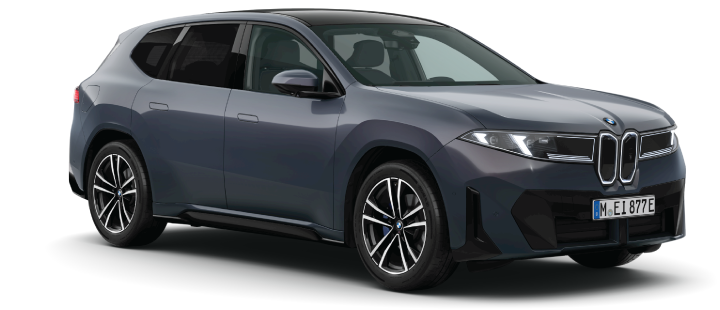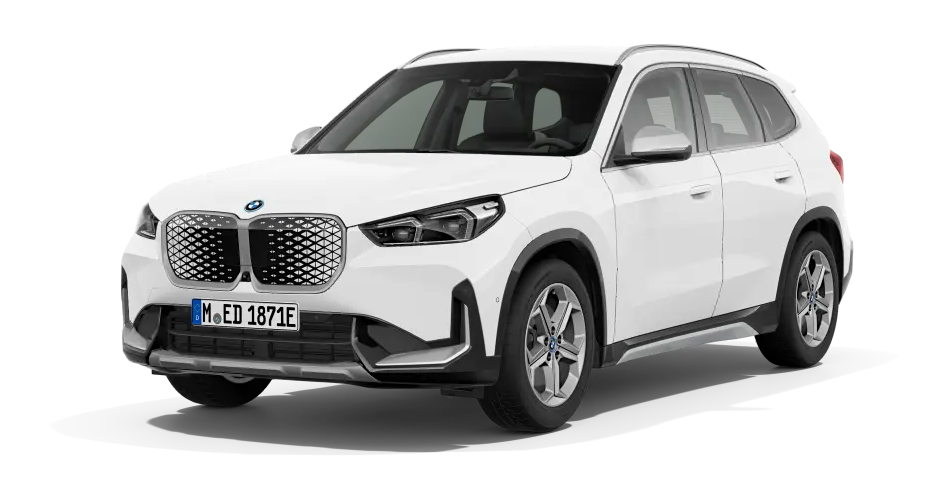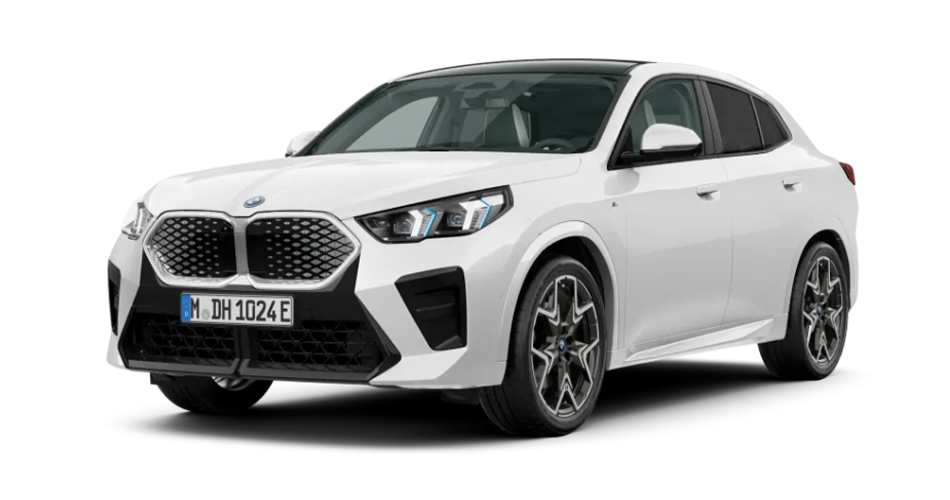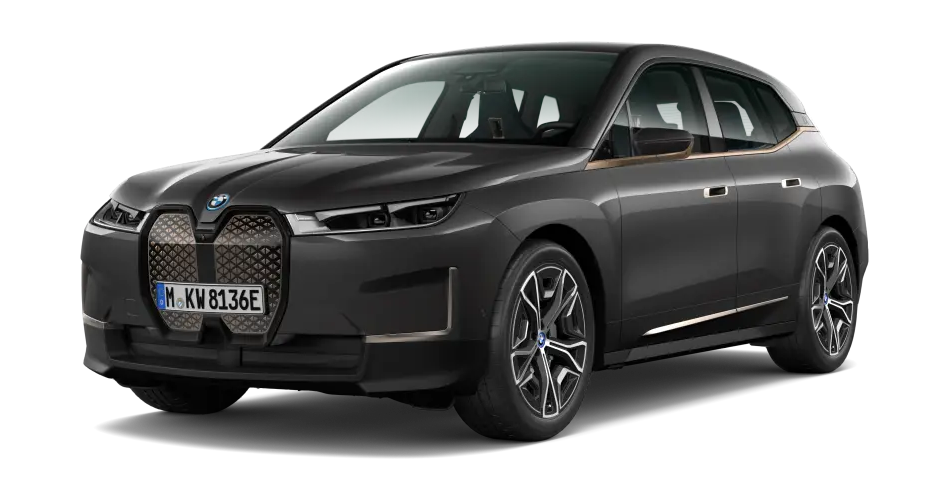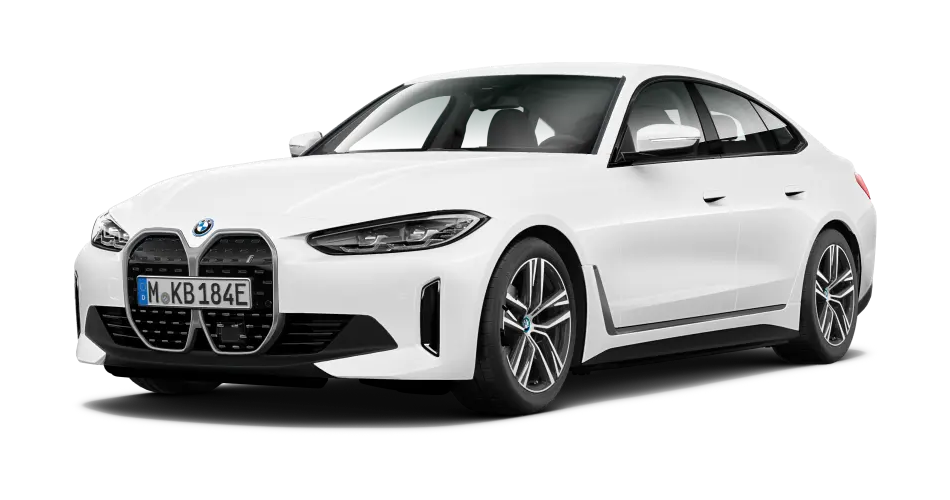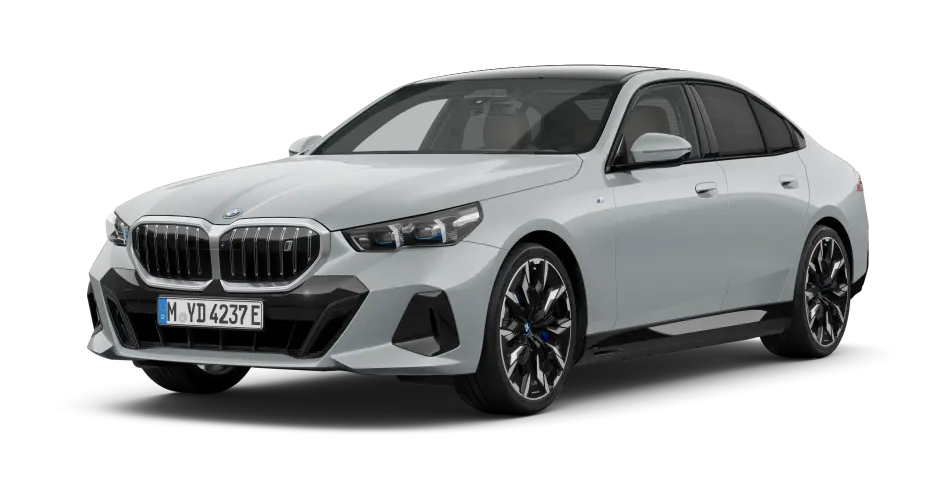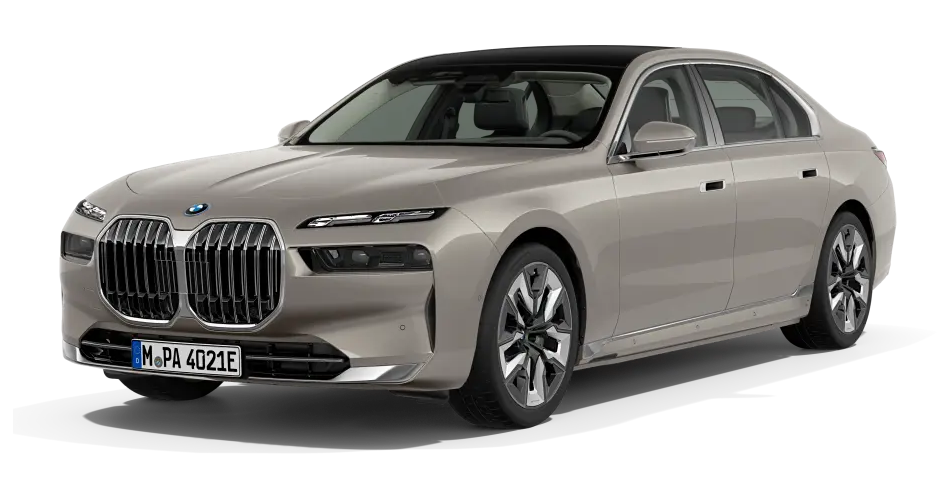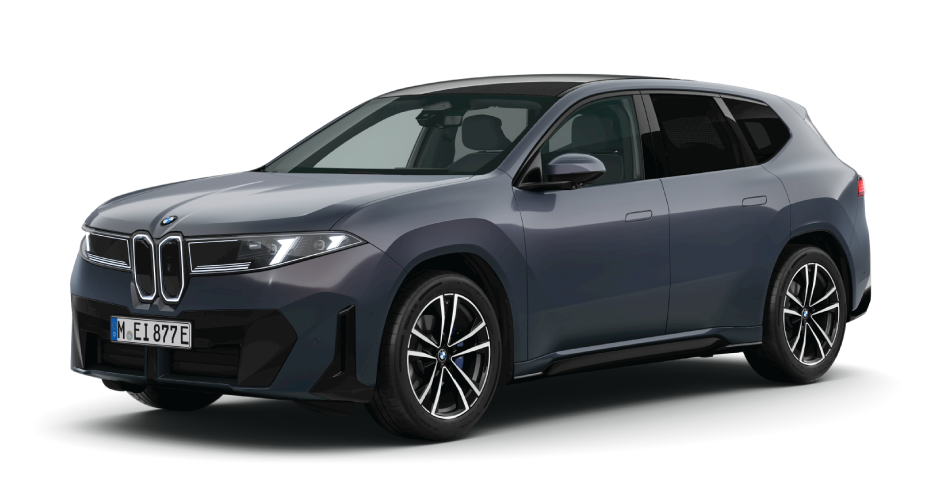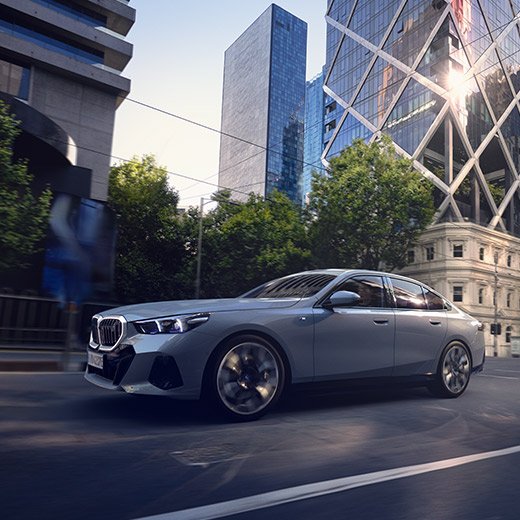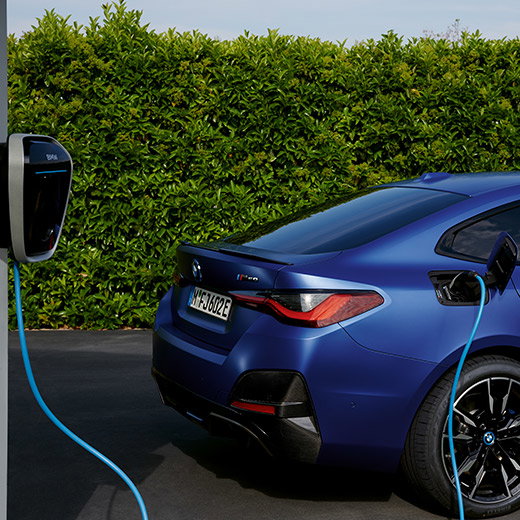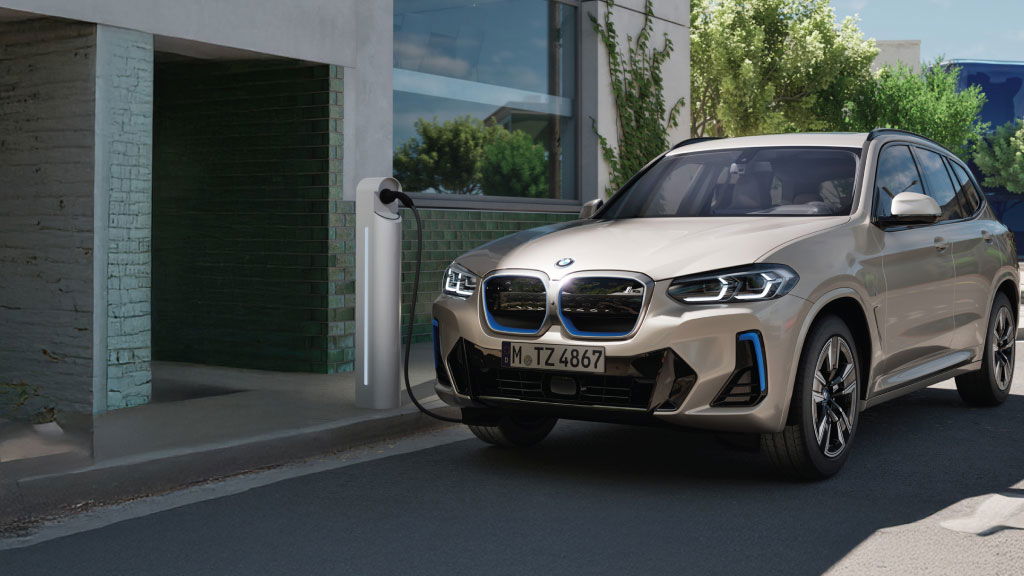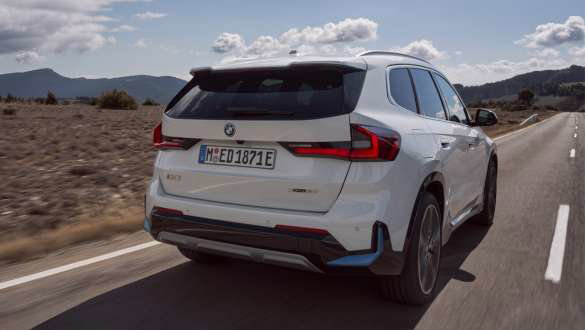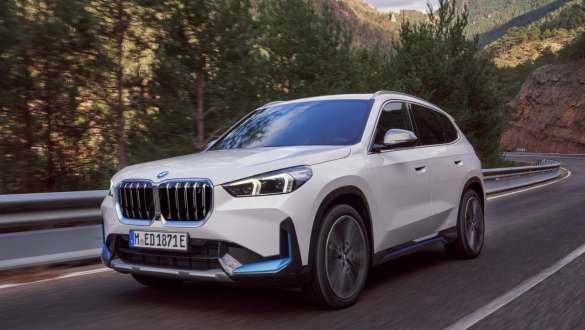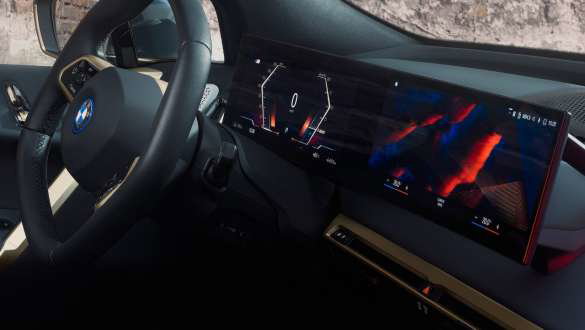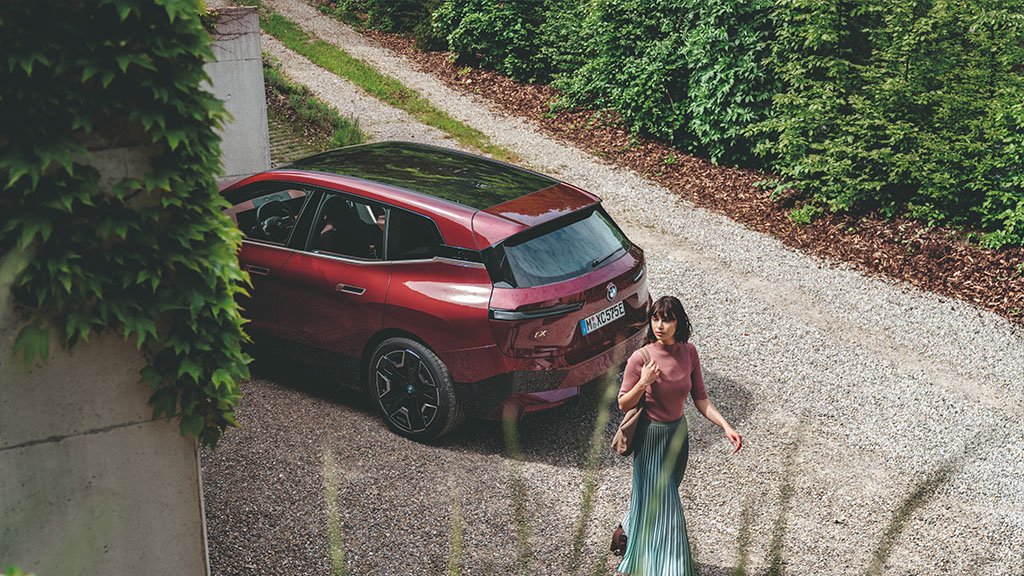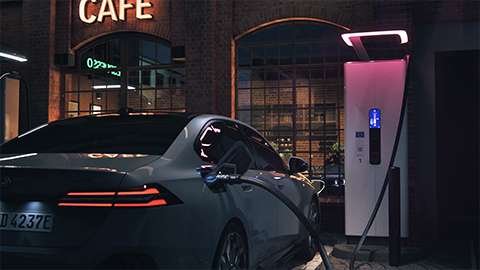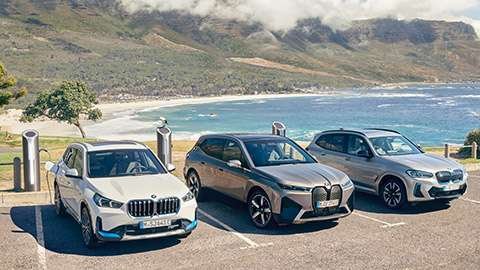[1] The stated values are based on the mandatory WLTP measurement procedure. The real life values depend on various factors, e.g. cargo weight, driving style, route, weather conditions, auxiliary electrical consumption (including air conditioning), tires, battery state of health.
[2] The range after 10 minutes High-Power-Charging was determined according to ISO12906 in the WLTP cycle. This, as well as the charging performance depend on vehicle equipment, the state of charge and health of the battery, battery temperature, individual driving profile, use of auxiliary users, ambient temperature, and the charging power provided at the charging station.
[3] LCT assessment is based on manufacturer’s recommended vehicle list price (inc. GST) with no options, and recommended dealer delivery charges, and varies by customer location. The actual drive away price that a customer may pay for any BMW vehicle will be agreed with the selling Dealer and set out in the Dealer Sales Contract. Overseas model shown. Local specifications may vary.
[4] Official data for fuel consumption, C02 emissions, power consumption and electric range was determined in accordance with the prescribed measuring procedure and corresponds to European Regulation (EC) 715/2007 in the applicable version. For ranges, data determined as per WLTP takes into account any optional equipment (available on the German market in this case). For vehicles that have been newly type approved since 1 January 2021, only the official data according to WLTP exists. For more information about NEDC and WLTP measuring procedures visit www.bmw.com/wltp.
[5] Fuel consumption, CO2 emissions data, electrical consumption and range is based upon Combined Driving Test Cycle in accordance with ADR 81/02 on purpose built test vehicles. Actual figures will depend on many factors including traffic conditions, driving habits, prevailing conditions and your vehicle’s equipment, condition and use. These figures should not be expected to be achieved in real world driving conditions and should only be used for comparing one vehicle with another. Please contact your preferred authorised BMW dealer or BMW Group Australia for information on vehicles that are available for sale, and the various specifications and options of vehicles that are available.
[6] Drive unit consisting of electric motor, power electronics and transmission, best efficiency value.
